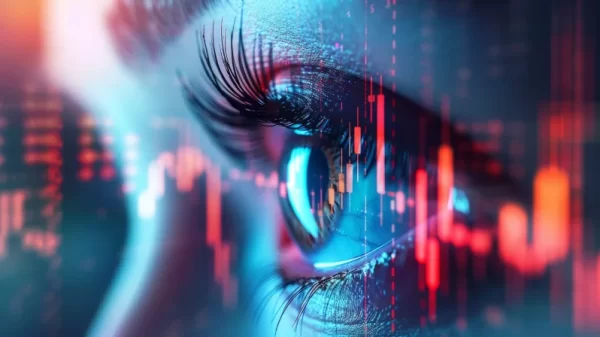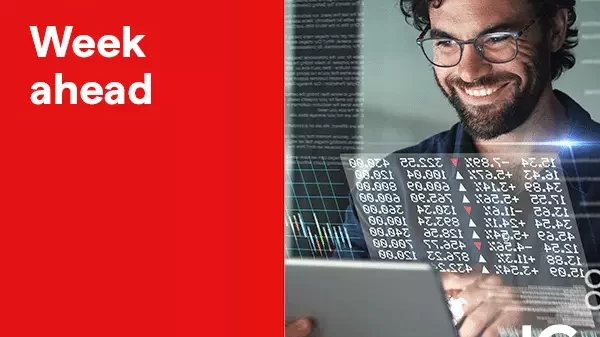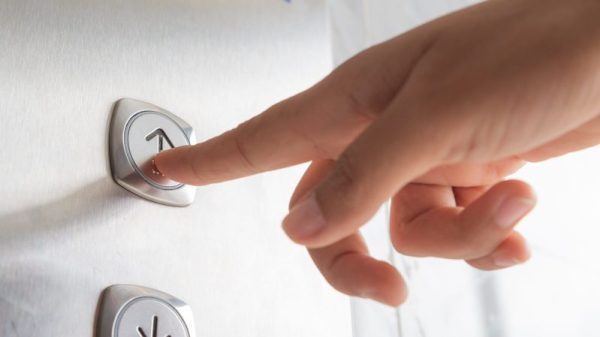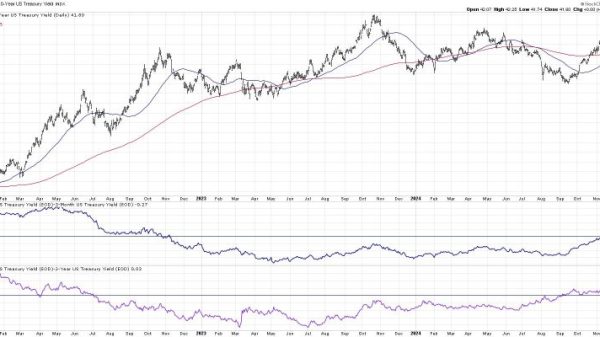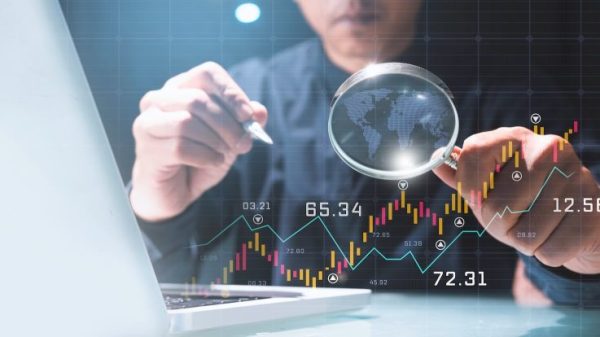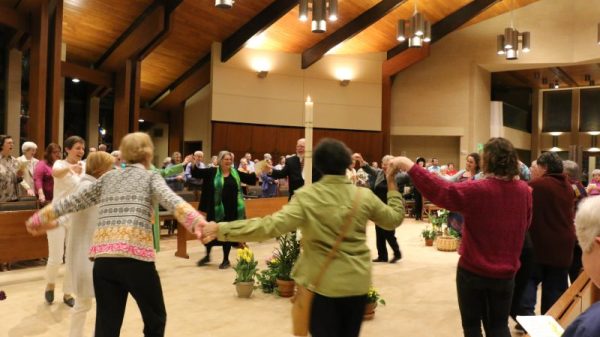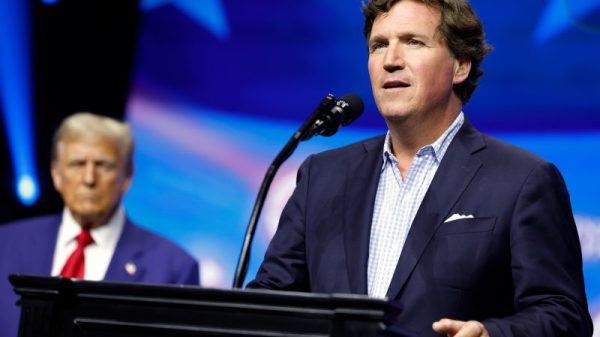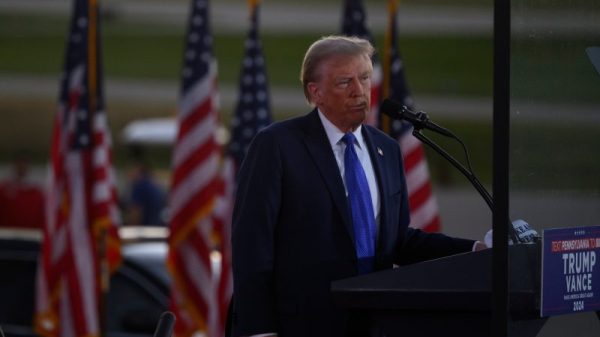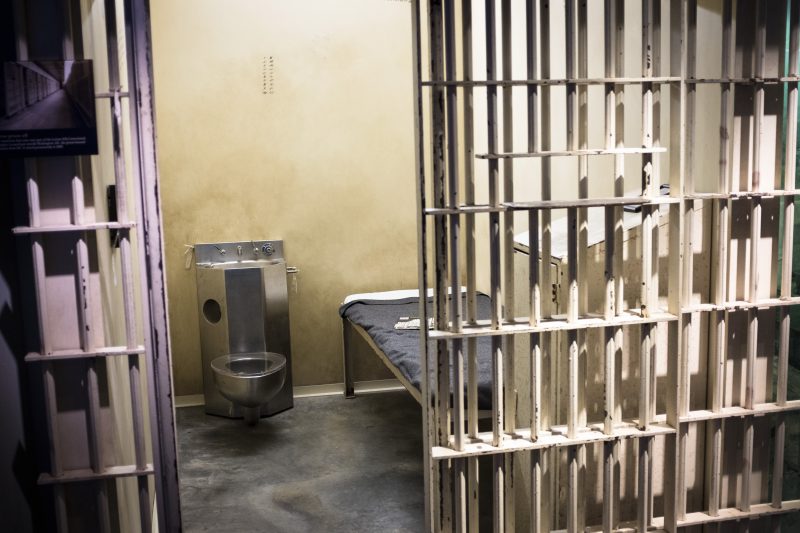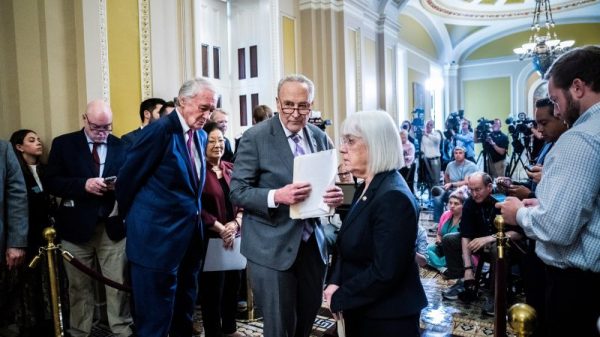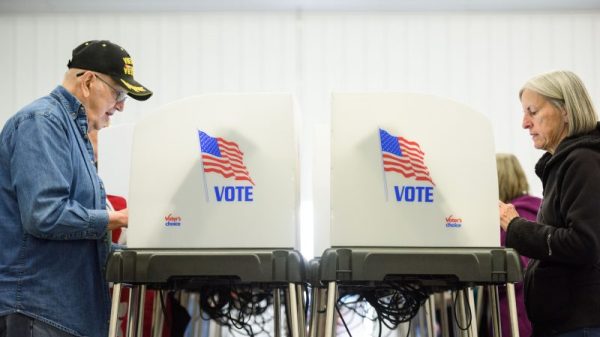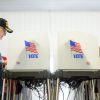The aforementioned article discusses the correlation between crime rates and the imagination of former President Donald Trump in relation to the year 2020. While it presented some interesting perspectives on the topic, it is essential to delve deeper into the various factors that can influence crime rates. A simplistic link between crime and one individual’s imagination may not accurately capture the complexities of criminal behavior in society. In this article, we will explore the multifaceted nature of crime rates and the factors that can contribute to spikes in criminal activity.
Social and Economic Factors
One of the prominent drivers of crime rates is socio-economic conditions. In times of economic instability, such as the global recession experienced in 2020, individuals may resort to criminal activities out of desperation. High unemployment rates, income inequality, and lack of access to resources can create an environment conducive to criminal behavior. It is crucial to consider these underlying social and economic factors when analyzing spikes in crime rates, rather than attributing it solely to the imagination of a political figure.
Pandemic Impact
The COVID-19 pandemic has also had a significant impact on crime rates worldwide. Lockdown measures and economic disruptions have altered social dynamics and exacerbated existing social issues, potentially leading to changes in criminal activity. For example, domestic violence cases surged during lockdowns as victims were confined with their abusers, highlighting the complex relationship between social conditions and criminal behavior. Understanding the pandemic’s multifaceted effects on crime rates is essential in developing effective strategies for crime prevention and intervention.
Policing and Criminal Justice System
The effectiveness of policing and the criminal justice system can play a crucial role in shaping crime rates. Community policing efforts, investments in crime prevention programs, and equitable access to justice can help deter criminal activities and promote community safety. Conversely, systemic issues such as police brutality, racial profiling, and disparities in sentencing can contribute to distrust in law enforcement and exacerbate social tensions, potentially fueling criminal behavior.
Psychological and Societal Factors
Individual psychological factors and societal influences also play a significant role in shaping criminal behavior. Mental health issues, substance abuse, peer pressure, and social norms can all contribute to the likelihood of individuals engaging in criminal activities. Understanding the interplay between these psychological and societal factors is essential in addressing underlying causes of crime and developing targeted intervention strategies.
In conclusion, crime rates are influenced by a myriad of complex factors that extend beyond the imagination of any single individual. While political rhetoric and public discourse can shape perceptions of crime in society, it is essential to consider the broader socio-economic, environmental, and psychological factors that contribute to criminal behavior. By adopting a comprehensive and nuanced understanding of crime rates, policymakers, law enforcement agencies, and communities can work together to create a safer and more equitable society for all.






